Growing Applications in Oncology
The growing applications of target sequencing in oncology represent a vital driver for the Target Sequencing and Resequencing Market. Cancer research increasingly relies on genomic data to identify mutations and tailor treatments for patients. Targeted therapies, which are designed to attack specific cancer cells based on their genetic makeup, have shown promising results in clinical trials. The market for targeted cancer therapies is projected to reach approximately 100 billion USD by 2026, underscoring the importance of genomic insights in oncology. As oncologists and researchers continue to leverage target sequencing technologies to enhance patient outcomes, the demand for these solutions is likely to expand, further propelling the growth of the target sequencing and resequencing market.
Rising Demand for Precision Medicine
The increasing emphasis on precision medicine is a pivotal driver for the Target Sequencing and Resequencing Market. As healthcare shifts towards personalized treatment plans, the need for accurate genetic information becomes paramount. This trend is evidenced by the projected growth of the precision medicine market, which is expected to reach approximately 217 billion USD by 2028. Target sequencing technologies enable healthcare providers to tailor therapies based on individual genetic profiles, thereby enhancing treatment efficacy. Furthermore, advancements in bioinformatics tools facilitate the analysis of complex genomic data, which is crucial for the development of personalized therapies. Consequently, the demand for target sequencing and resequencing solutions is likely to surge as healthcare systems increasingly adopt precision medicine approaches.
Technological Innovations in Sequencing
Technological innovations play a crucial role in shaping the Target Sequencing and Resequencing Market. The advent of next-generation sequencing (NGS) technologies has revolutionized genomic research, allowing for faster and more cost-effective sequencing. For instance, the cost of sequencing a human genome has dramatically decreased from over 100 million USD to less than 1,000 USD in recent years. This reduction in cost, coupled with enhanced accuracy and throughput, has made target sequencing more accessible to research institutions and clinical laboratories. Moreover, the integration of artificial intelligence and machine learning in data analysis is expected to further streamline workflows and improve the interpretation of genomic data. As these technologies continue to evolve, they are likely to drive the growth of the target sequencing and resequencing market.
Increased Investment in Genomic Research
The surge in investment in genomic research is a significant driver for the Target Sequencing and Resequencing Market. Governments and private entities are increasingly funding initiatives aimed at understanding genetic diseases and developing novel therapies. For example, the National Institutes of Health (NIH) has allocated substantial resources to genomic research, which has led to breakthroughs in understanding complex diseases. This influx of funding not only supports academic research but also stimulates the development of commercial applications in the target sequencing sector. As more organizations recognize the potential of genomics in addressing healthcare challenges, the demand for target sequencing and resequencing technologies is expected to rise, fostering innovation and collaboration within the industry.
Regulatory Support for Genomic Technologies
Regulatory support for genomic technologies is emerging as a key driver for the Target Sequencing and Resequencing Market. Regulatory bodies are increasingly recognizing the importance of genomic data in clinical decision-making and are establishing frameworks to facilitate the integration of these technologies into healthcare. For instance, the U.S. Food and Drug Administration (FDA) has introduced guidelines to streamline the approval process for genomic tests, thereby encouraging innovation in the field. This supportive regulatory environment not only fosters the development of new sequencing technologies but also enhances their adoption in clinical settings. As regulatory frameworks continue to evolve, they are likely to bolster the growth of the target sequencing and resequencing market, making these technologies more accessible to healthcare providers.


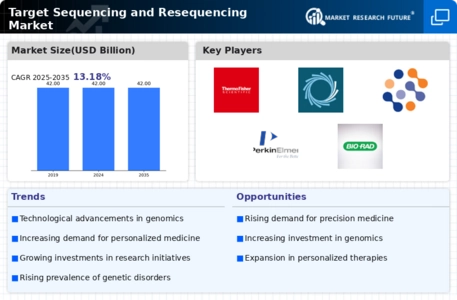
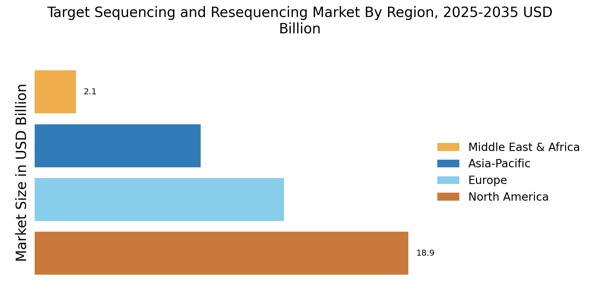
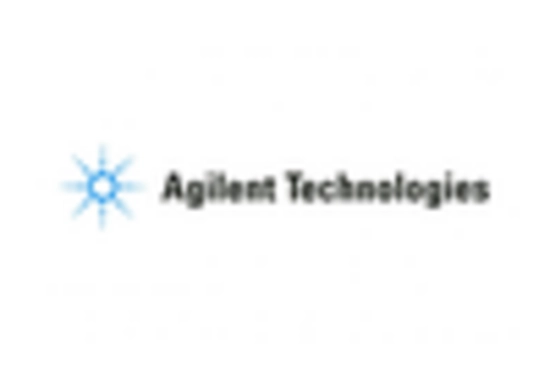
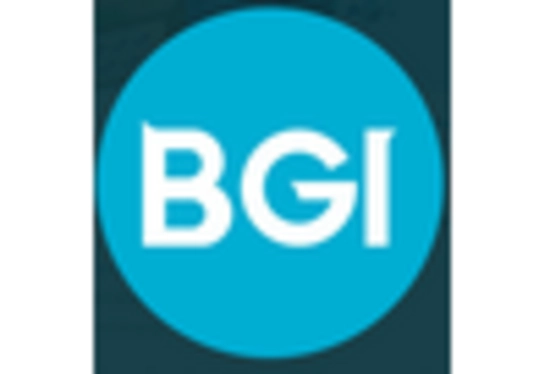
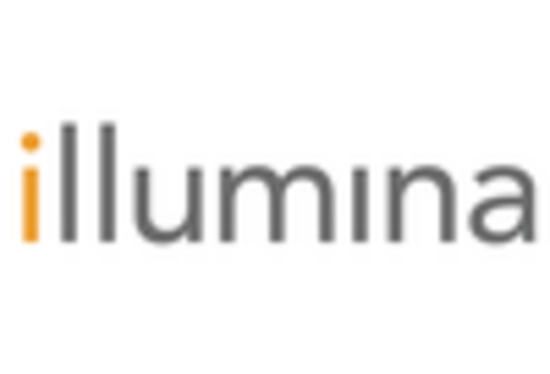
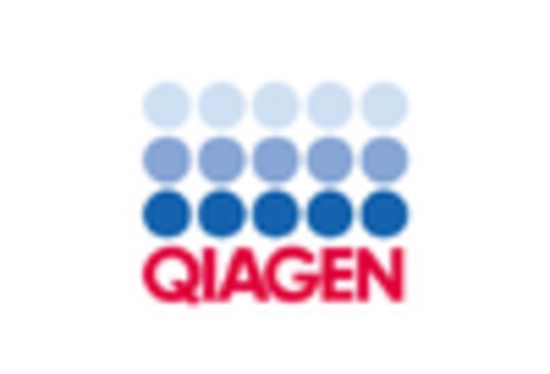










Leave a Comment